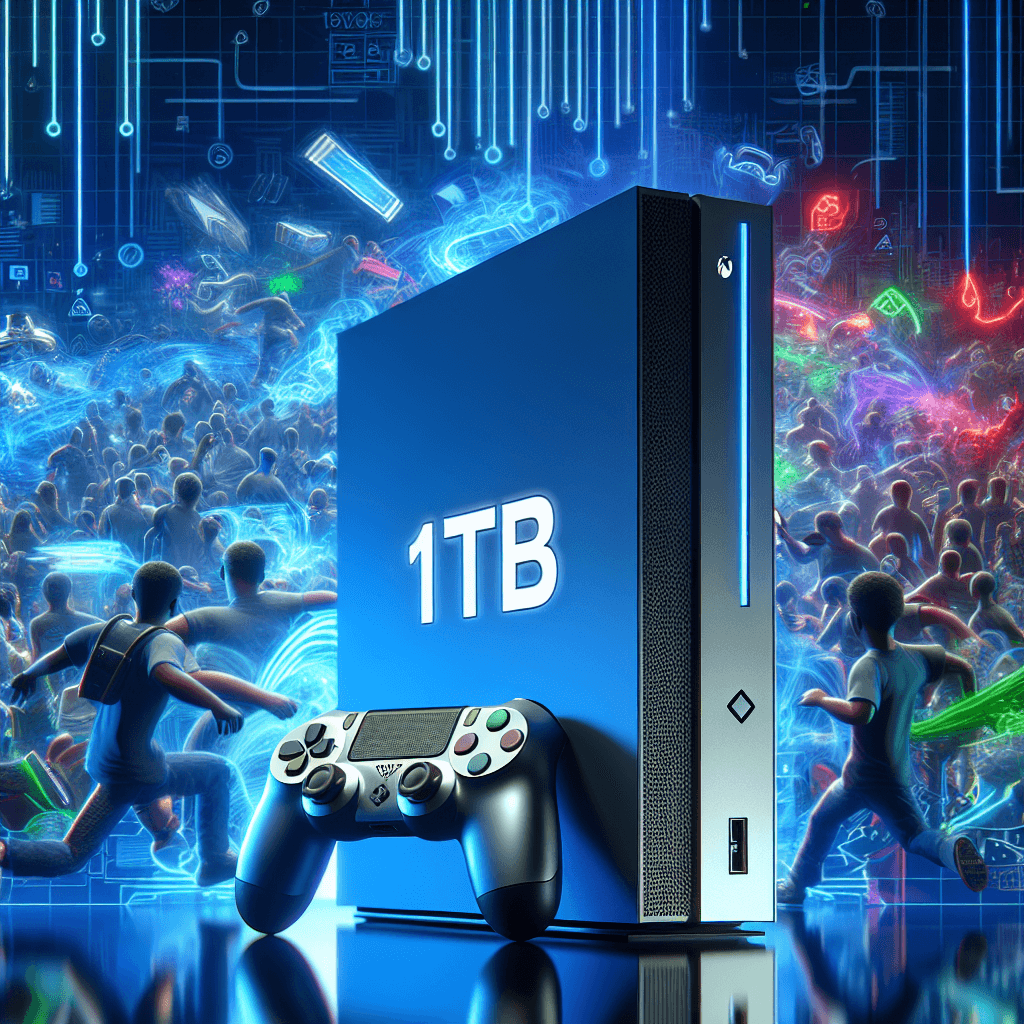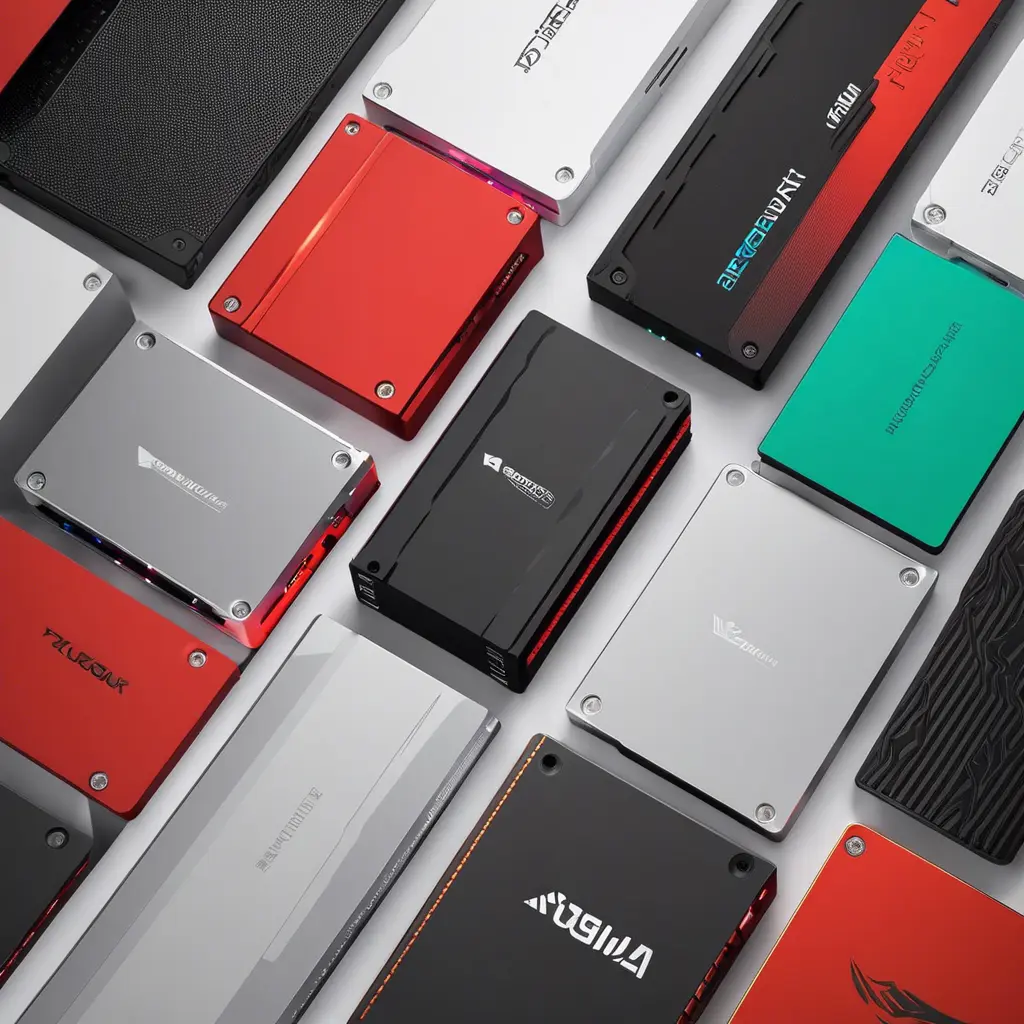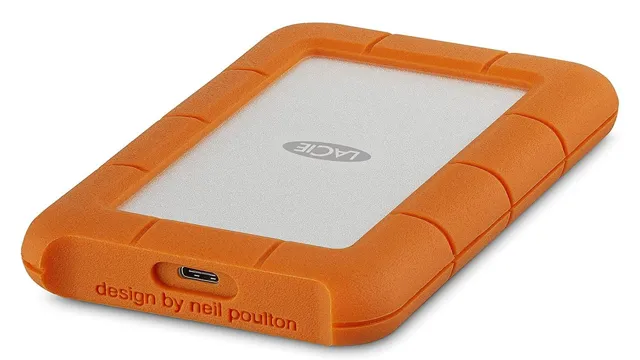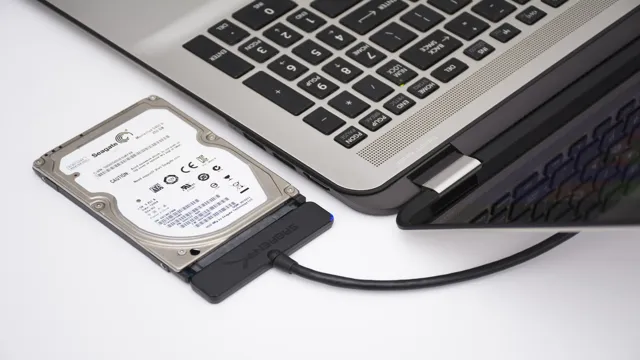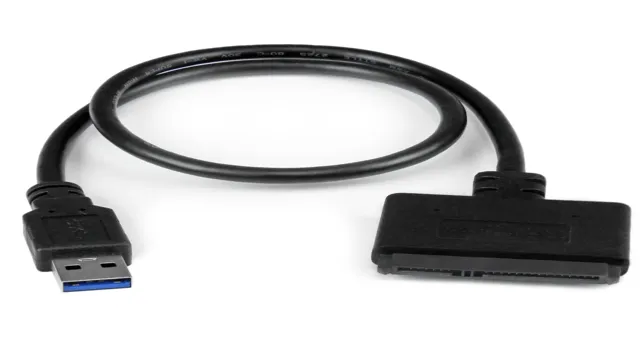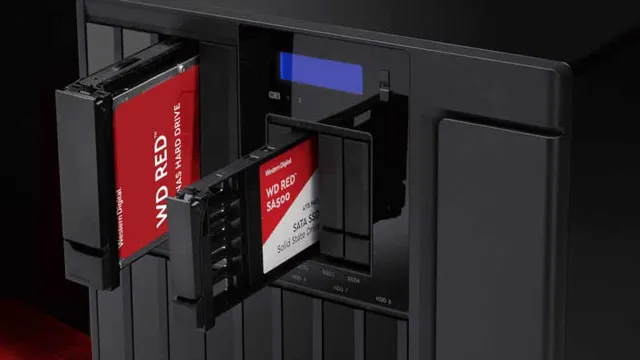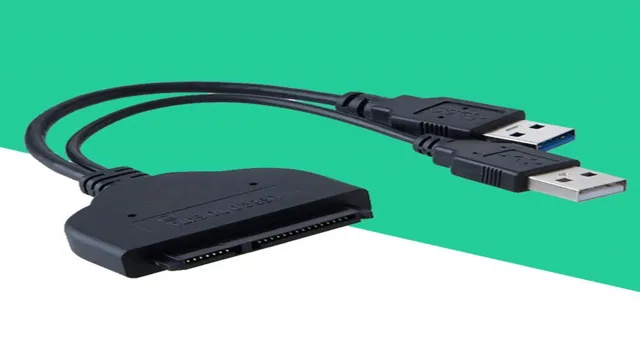Gaming has evolved dramatically over the past decade. With titles becoming more immersive and graphics more detailed, the size of games has ballooned. For PlayStation 5 users, this means one thing—more storage is crucial. In this blog post, we’ll explore the ins and outs of the PlayStation 5’s 1TB hard drive, why you need extra space, and how to upgrade and manage your storage effectively.
Why the PS5’s 1TB Hard Drive Matters
The PlayStation 5 is a powerhouse of a console, boasting impressive specs that deliver breathtaking gaming experiences. But even the best hardware has its limitations, and storage is one of them. The base model of the PS5 comes with a built-in SSD that provides fast read and write speeds, but for many gamers, the default storage isn’t enough. This section will cover why the 1TB hard drive is essential for serious gamers.
Firstly, modern games are huge. Titles like “Call of Duty” and “Red Dead Redemption 2” can take up over 100GB each. When you factor in DLCs, updates, and other content, your storage fills up quickly. Secondly, the speed of the PS5’s SSD means faster load times, which enhances your gaming experience. However, the console’s default storage capacity limits how many games you can keep installed at once, making a 1TB hard drive a game-changer.
Lastly, having ample storage lets you experiment with new games without worrying about uninstalling old favorites. This freedom to explore different genres and titles keeps your gaming experience fresh and exciting.
The Growing Size of Games and the Need for Extra Storage
If you’ve been gaming for a while, you’ve probably noticed that game sizes have been steadily increasing. This trend shows no signs of stopping, and it directly impacts storage needs. Let’s break down why modern games are so big and why extra storage is more important than ever.
Game developers are constantly pushing the envelope to create more detailed, lifelike experiences. This means higher-resolution textures, more complex character models, and expansive open worlds that require massive amounts of data. For example, a game like “Cyberpunk 2077” features a sprawling city with intricate details, all of which require significant storage space.
Additionally, online multiplayer games often receive frequent updates and patches to improve gameplay and add new content. These updates can be several gigabytes each, quickly adding up over time. If you’re a fan of multiple multiplayer titles, your storage can fill up fast.
Lastly, digital game libraries are becoming the norm. Physical discs are increasingly being replaced by digital downloads, which also require storage space. This shift towards digital-only collections makes having ample storage even more critical.
Exploring Storage Options for Your PS5
Once you’ve recognized the need for extra storage, the next step is understanding your options. The PlayStation 5 supports both official and third-party storage solutions, each with its pros and cons. We’ll explore these options to help you make an informed decision.
Sony offers an official storage expansion solution with the PlayStation 5-compatible NVMe SSDs. These drives are designed to meet the speed and performance requirements of the console, ensuring seamless gameplay. Installing an official SSD is straightforward and doesn’t void your warranty, making it a safe choice for most users.
For those looking for more flexibility, third-party storage solutions are also available. Brands like Samsung, Western Digital, and Seagate offer compatible SSDs that can be used to expand your PS5’s storage. These drives often come at competitive prices and offer various storage capacities, allowing you to choose one that fits your needs and budget.
External USB hard drives are another option, although they come with limitations. While you can’t run PS5 games directly from an external drive, you can store and transfer games to free up space on your internal SSD. This method is useful for managing your game library but may not offer the same performance benefits as an internal SSD.
How to Upgrade Your PS5’s Storage
Upgrading your PlayStation 5’s storage might sound daunting, but it’s relatively straightforward. Follow this step-by-step guide to install a new SSD and give your gaming experience a significant boost.
- Choose a Compatible SSD: Ensure the SSD meets Sony’s speed and size requirements. Popular options include the Samsung 980 Pro and the WD Black SN850.
- Backup Your Data: Before making any changes, back up your saved games and important data to avoid any potential loss.
- Prepare Your Console: Turn off your PS5 and unplug it from the power source. Place it on a flat surface with good lighting.
- Remove the Cover: Carefully remove the console’s cover to access the SSD slot. This step requires a bit of force, so be gentle but firm.
- Install the SSD: Insert the SSD into the slot and secure it with the provided screw. Make sure it’s firmly in place.
- Reassemble and Format: Replace the cover and plug your console back in. Turn it on and follow the on-screen prompts to format the new SSD.
Your PlayStation 5 will now recognize the additional storage, allowing you to install more games and enjoy a smoother gaming experience.
Best Practices for Storage Management
Managing your storage effectively ensures that you can enjoy all your favorite games without running into space issues. Here are some best practices to help you keep your game library organized.
First, regularly review and delete games you no longer play. This frees up space for new titles and ensures your SSD isn’t cluttered with unused data. Utilize the PlayStation 5’s storage management tools to see which games take up the most space and prioritize their removal.
Second, take advantage of cloud saves. PlayStation Plus subscribers can store their game saves in the cloud, allowing you to delete games without losing progress. This feature is especially useful for large, single-player games that you might want to revisit later.
Lastly, consider transferring less frequently played games to an external USB drive. While you can’t run PS5 games from an external drive, you can store them there and transfer them back to the internal SSD when needed. This method helps manage your storage without requiring constant reinstallation of games.
The Future of PS5 Storage
The landscape of gaming storage is continually evolving, and the future holds exciting advancements for PlayStation 5 users. Let’s explore what the future might look like and how it could impact your gaming experience.
With the rapid development of technology, we can expect SSDs to become even faster and more affordable. This means larger storage capacities at lower prices, allowing gamers to expand their libraries without breaking the bank. Additionally, advancements in storage technology will likely lead to even quicker load times and better overall performance.
Another potential development is cloud gaming. Services like PlayStation Now are already offering streaming options, and this trend is likely to grow. Cloud gaming allows you to play games without downloading them, reducing the need for massive local storage. While internet speeds and connectivity are still a concern, improvements in these areas will make cloud gaming more accessible and reliable.
Finally, future firmware updates for the PlayStation 5 may introduce new storage management features. These updates could include better integration with cloud services, more efficient data compression, and enhanced tools for organizing your game library. Staying informed about these advancements will help you make the most of your PS5’s storage capabilities.
Conclusion
In conclusion, having ample storage on your PlayStation 5 is essential for a seamless gaming experience. The growing size of modern games, coupled with the need for quick access to your favorite titles, makes upgrading to a 1TB hard drive a wise investment.
By understanding your storage options, following best practices for management, and staying informed about future advancements, you can ensure that your PS5 is always ready for action. Don’t let storage limitations hold you back—take control of your game library today.
Ready to enhance your gaming experience? Start by upgrading your PlayStation 5’s storage and explore the endless possibilities that await.
